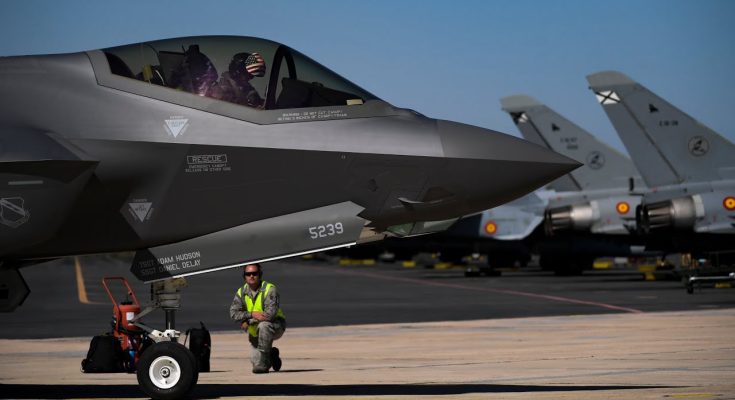The Hidden Dangers of F-35 Kill Switch Technology – Global Concerns Rise
The F-35 Lightning II is widely regarded as one of the most advanced stealth fighter jets in the world. However, a growing controversy surrounds an alleged “kill switch” technology embedded in the aircraft—raising serious concerns among U.S. allies and foreign operators.
While Lockheed Martin and the U.S. Department of Defense have denied any intentional backdoor mechanisms, many military analysts and foreign governments fear that the U.S. retains remote control capabilities over the jets it exports. If true, this could allow Washington to disable or limit the functionality of foreign-operated F-35s in the event of a conflict or diplomatic breakdown.
What is the Alleged F-35 Kill Switch?
A “kill switch” refers to a built-in mechanism that can disable or restrict an aircraft’s performance remotely. In the case of the F-35, there are concerns that the U.S. has retained such capabilities, giving it the power to ground or limit the combat effectiveness of any F-35 it has sold to allied nations.
🔹 Remote Deactivation – The ability to turn off key systems if a country becomes hostile to U.S. interests.
🔹 Software Lockout – Since all F-35s rely on software updates from the U.S., a sudden denial of access could render the jets ineffective.
🔹 Restricted Weapon Systems – Certain weapons and targeting capabilities may be pre-programmed to operate differently for export versions.
These fears stem from the F-35’s highly networked and software-driven design, which relies heavily on continuous U.S.-controlled maintenance and data sharing.
Why Are Global Allies Concerned?
Several U.S. allies—including Japan, South Korea, Israel, and NATO members—have invested billions in the F-35 program, expecting full operational control over their fleets. However, concerns over a hidden “kill switch” have led to:
✅ Security Fears – Could the U.S. disable F-35s if a nation’s policies change?
✅ Dependence on U.S. Software – Countries cannot fully operate or upgrade their jets without American approval.
✅ Cybersecurity Risks – If the U.S. can control F-35s remotely, could an adversary hack into the system as well?
Nations like Turkey, which was removed from the F-35 program due to political disputes, have already experienced the consequences of losing access to this aircraft.
Could the U.S. Really Shut Down Foreign F-35s?
While there is no official confirmation of a “kill switch,” there are technical reasons to believe the U.S. could exert control over exported F-35s:
🔸 ALIS & ODIN Systems – The F-35 relies on the Autonomic Logistics Information System (ALIS) and its replacement, ODIN (Operational Data Integrated Network). These systems, managed by the U.S., provide maintenance updates and mission data, potentially allowing remote control.
🔸 Software-Based Aircraft – Unlike older jets, the F-35 is highly software-dependent, making it easier to restrict capabilities through updates or remote commands.
🔸 Export Restrictions – The U.S. has already sold downgraded versions of the F-35 to foreign nations, limiting their full combat potential.
What Does This Mean for Global Air Power?
If the U.S. truly has a kill switch, it would mean that no foreign military operating the F-35 has complete independence over its fleet. This raises major concerns about sovereignty, security, and the long-term reliability of the aircraft for nations that depend on it.
Some countries are now exploring alternative fighter jets to reduce dependence on the U.S., such as:
🔹 The European Future Combat Air System (FCAS)
🔹 Britain’s Tempest Program
🔹 Japan’s Mitsubishi F-X Fighter
Final Thoughts
The F-35 remains one of the most powerful and versatile stealth fighters in the world, but the potential existence of a kill switch raises serious global concerns. While the U.S. insists it has no remote shutdown capabilities, the heavy reliance on U.S.-controlled software and data systems suggests that America could exert control if necessary.



